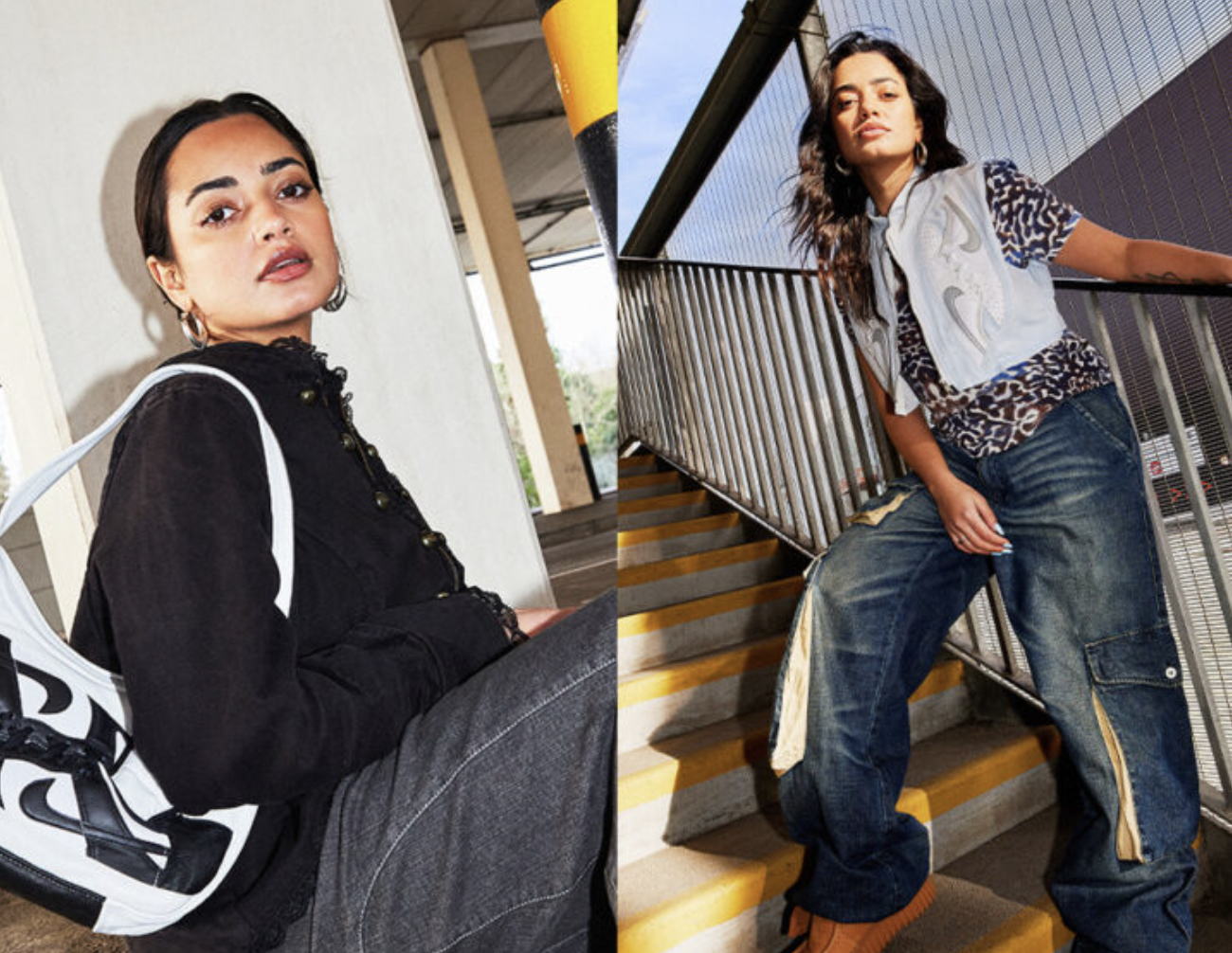Retailers are working across channels to engage with existing and potential shoppers, writes Fernando Santos, research project manager at RetailX
Just how do leading UK retailers engage with shoppers? That’s the question that RetailX researchers looked to answer in the IRUK Top500 Brand Engagement Performance Dimension. They wanted to understand what traders do in order to first start a conversation with existing and potential customers, and then to develop that two-way communication into long-term relationships. By doing so, they hoped to show other retailers what measures work – as well as which are becoming more or less used as time goes on and customer expectations and relationships evolve.
Getting attention
The research process started by looking at how many people visited the average IRUK Top500 website and what brought them there. Researchers found that the average Top500 retailer saw an average of 9.8m website visits a year and a median of 2.7m. This is a useful measure of how effectively retailers were engaging with consumers at the time of the research, and how well they had done so in the past. Working with InternetRetailing Knowledge Partner Hitwise, researchers found that search was the most-used route for first visits to a Top500 website. Some 82% of new visits to Top500 websites came from search; the median retailer’s figure was 86%. It’s clear that most retailers receive a great majority of their new visits from search and as a result, search is the channel by which Top500 traders engage with new and potential customers. Once shoppers have found a site, they tend not to return to it via search. Some 18% of return visits came via this channel, on average; the median figure was 14%. Overall, the average and median Top500 websites saw just over half (55%) of their annual visits come from search.
Multichannel approaches to engagement
Choice lies at the heart of the new customer relationship with the retailer. Shoppers now expect that retailers will go beyond offering them one or two ways to get in touch. They want to see the option that they prefer to use. By enabling them to share their opinions, problems, images and praise via a range of channels, retailers are more likely to fulfil their customers’ wishes. In return, the data that traders gain through these channels can give them a greater understanding of the people that they serve, how they prefer to engage, as well as potential insights into upcoming consumer trends. Researchers found that Top500 retailers engaged with customers via a median of eight communication channels. Most Top500 retailers had a Facebook page (98%) and a Twitter account (98%), while a majority had a presence on YouTube (92%), Instagram (91%) and Pinterest (87%). Snapchat (22%) remained a minority channel. The study went further, looking at how Top50 retailers use Facebook (see graphic). It found that retailers most commonly used the platform to post information about products, with 34% of posts on this theme. More than a quarter (26%) of posts were about their stores or websites, while smaller numbers promoted discounts, invited comments or featured personal interest stories about an individual or a local community.
The website experience
The research suggests that since last year, there’s been a clear move to enable shoppers to share their experiences on the retail website but, at the same time, a move away from social media. More IRUK Top500 retailers enabled shoppers to rate and review products (61% from 53% in 2017) from their websites than did in 2017. In 2018, 62% supported product ratings. That’s up from 50% the previous year – a significant 12 percentage point rise. A similar proportion (63%) enabled shoppers to leave reviews – up from a slightly higher base (53%) in 2017.
Fewer retailers appeared to enable shoppers to use social media to share and like products than the previous year. Some 16% enabled visitors to Like a product using their social media account. Again that’s down, this time from 24% in 2017. The proportion of retailers that enabled social media sharing fell to 52% from 54% in 2017. This may reflect changing shopper behaviour. More than a third of retailers (37% from 36%) required shoppers to register before checking out. This measure gives retailers insights into their customers’ behaviour but can slow down the checkout experience. More than half (51%) showed obvious promotions on their desktop sites at the time of the research. Retailers were also rated for the visual appeal of the website and the relevance of site search.
Developing relationships
It takes a committed shopper to download a mobile app since there’s some effort involved to actively seek it out and the app will take up storage space on their phone. But those who take that step would seem more likely to engage with a retailer over time. Researchers looked at how Top500 retailers enable customers to use their apps to build a longer-term relationship. They found that of the 265 retailers that had an iOS mobile app, 6% enabled their customers to talk to them via live chat. This feature was measured for the first time this year and will be monitored over time to see if uptake increases. As with the website (see above), there was a large decline in social sharing on mobile apps – down by 11 percentage points to 33% from 44% – and there were small declines in the number enabling shoppers to leave reviews (26% from 27%) and ratings (26% from 28%) via the app. Fewer retailers supported loyalty accounts from their mobile apps: the 2% of retailers with mobile apps that enabled shoppers to set up an account on the app halved from 4% in 2017, while 6% of multichannel retailers’ apps (down by a third from 9% in 2017) enabled shoppers to enter the details of an existing store loyalty card.
Measured for the first time in 2018, 2% enabled shoppers to scan their cards from the app. These measures reflect how easily customers can merge their offline and online loyalty programmes. Retailers that support this can build a single view of their customer across channels, which is useful for getting to know their shoppers, but it may be that retailers have found little customer interest in such measures. The research also found more Top500 retailers had iOS apps than last year. It may also be that newer apps have fewer features, which are added steadily over time. Some 2% supported product videos in the app, while 37% offered daily deals.
What leading retailers do RetailX researchers compiled a list of services and functionalities for each of the top retailers in this Dimension, highlighting those areas where they are most different from the average Top500 retailer. Most of the leading retailers in this Dimension have not moved away from social media sharing, as Top500 retailers have done more widely. The traders that top this Dimension have also turned mobile apps into a communication channel in their own right, featuring notifications and loyalty cards. In doing so, they stand out from the crowd. Best practice is only rarely achieved in this industry when retailers use tools that aren’t being used by others and, more commonly, when they do the same things better than others. In this section, the research team is not describing best practice but rather the practices that distinguish the best from the rest.
Clarks enables its customers to have their say by offering social sharing, as well as product reviews and ratings from its desktop website.
Superdrug also enables social sharing while scoring highly for the level of personalisation on its website and offering daily deals.
Homebase is among the retailers that enables shoppers to leave product reviews and ratings from its mobile app and to share and Like products on social media. Argos scores well for a mobile app that includes strong personalisation, social media Likes, written product reviews and star ratings. Wickes enables shoppers using its desktop website and share products via social media, as well as to leave product reviews. It is among the crop of retailers that shows obvious promotions on its website. Bensons for Beds stands out for bucking the trend with social media: it enables customers to share an item with friends and Like it via social. Debenhams uses daily deals and promotions to engage with its shoppers. It also enables product Likes. House of Fraser is among the small minority of retailers that enable its customers to enter their loyalty card details in its mobile app. It also supports a range of social behaviours, including Likes and sharing. Screwfix performs strongly on mobile, supporting customers to add written product review and give products a star rating. On social, it enables sharing and Likes.





